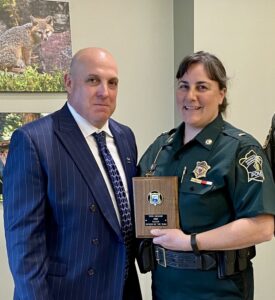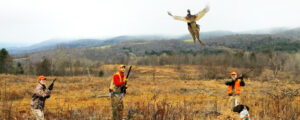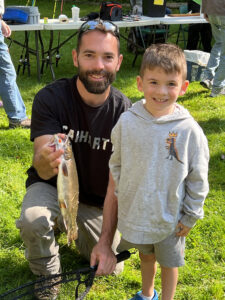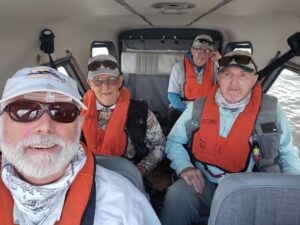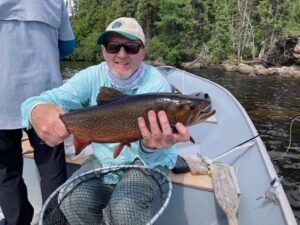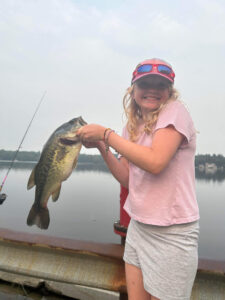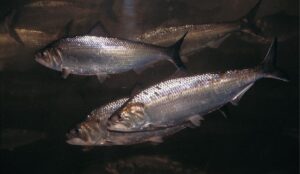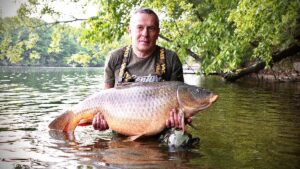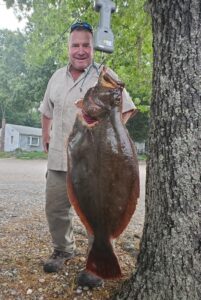 You have probably seen lawn signs, banners etc. all over the place with the message to stop Bill HD. 4420. What’s that all about? Well there is a proposed bill introduced into the MA House by Representative Michael S. Day of Stoneham and co-sponsored by 33 other state representatives, including Tricia Farley-Bouvier of Pittsfield, which is entitled An Act Modernizing Firearm Laws.
You have probably seen lawn signs, banners etc. all over the place with the message to stop Bill HD. 4420. What’s that all about? Well there is a proposed bill introduced into the MA House by Representative Michael S. Day of Stoneham and co-sponsored by 33 other state representatives, including Tricia Farley-Bouvier of Pittsfield, which is entitled An Act Modernizing Firearm Laws.
Because I am a hunter and gun owner and write this column, people have asked me to comment on the bill. I can think of no better way to alienate many of my hunting and gun owner friends than do that, for it’s a no winner. My response has been, – Be careful what you ask for, for there are two opinions regarding this proposal. I should note that the opinions expressed in this column are not necessarily the opinions of the Berkshire Eagle or my fellow hunters and gun owners.
The bill is huge with 241 sections, countless subsections and 140 pages. Hey, I’m retired and I don’t have the time to properly research this proposed bill. Therefore, I have looked to the Gun Owner’s Action League (GOAL) and the Massachusetts Sportsmen’s Council, with their lawyers and experts to condense it and help me understand it.
GOAL has labeled HD 4420 The Lawful Citizens Imprisonment Act because it feels that passage of it will make thousands of legal gun owners lawbreakers. In its opinion, this bill would re-write Massachusetts gun-laws to implement the harshest gun-control in the country and severely infringe upon the rights of Massachusetts citizens. The gun laws are already so convoluted and complex that it is extremely difficult for the average citizen to comply with them,” said Jim Wallace, the executive director of GOAL I agree with this assessment.
I believe in the Second Amendment to the US Constitution which ensures my right to defend my family and home from those who would wish to do me harm and to ensure my right to own a gun to hunt.
My father lived through the Great Depression and the food rationing of WWII. One way of providing protein on our dinner table was to hunt, and he taught my brothers and me how to hunt and shoot a gun. I developed a taste for venison and rabbits at an early age and still hunt them to this day. So, owning a shotgun or rifle is very important to me and the Second Amendment helps ensure that I can do that. I can’t imagine not being able to hunt.
There is no question that something must be done to eliminate the random and mass shootings which are taking place today. People shouldn’t have to worry if their kids are going to come home from school today or from a concert this weekend. After all, we are supposed to be a civilized country,
The question is how to eliminate this problem while still ensuring our Second Amendment rights. More restrictive gun laws do not, nor ever have resolved the problem, simply because the bad guys don’t abide by them……only the responsible, law-abiding individuals do.
A part of the bill states that junior shooters would not be allowed to possess, or use, semi-automatic rifles and shotguns. These types of firearms have been used in junior shooting sports since their invention. They offer much reduced recoil making it more comfortable to learn about and safely use firearms. Also, anyone under 15 would be banned from handling any handgun, semi-automatic rifle, or semi-automatic shotgun, all of which are in common use throughout the junior shooting sports world. It would ban them from taking part in sanctioned shooting sports and training. A few weeks ago, I did an article on how hunting is declining and that there is a need to get youngsters out hunting because hunters are the greatest conservationists. I believe parts of this bill will impede those efforts.
Legislators should realize that all semi-automatic guns are not the same. The semi -automatic shotguns or rifles used by hunters are usually restricted to 3 or 5 shots. For example, it is illegal to hunt waterfowl with a gun with the capacity to carry more than 3 shots. The bullets are usually contained in a magazine (tube inside the gun). Contrast that with the semi -automatic with a high- capacity external bullet clip which carry lots of bullets. That’s an important distinction, but the new proposed law lumps semi-automatics all together which if passed would make the lawful hunter a violator of the law.
However; allowing an 18-year older to be able to purchase a high capacity semi-automatic is something else. These guns are not generally used for hunting, skeet, trap or target shooting. Delaying the purchase of such guns a couple more years to determine a youth’s moral character is, in my opinion, not necessarily a bad thing. I have a problem being in the woods around someone who possesses a large capacity semi-automatic gun which has the capability of firing off 40 shots a minute.
As noted, there are parts of the proposed gun law that I can live with if properly worded. Bill 4420 would prohibit those under 21 years of age from buying or handling a semi-automatic gun. If it’s a high capacity gun, then I agree, but not a sports rifle or shotgun. I for one don’t think an 18-year older should be able to purchase a high- capacity gun capable of firing 40 rounds a minute. If young folks want to use guns like that then may I respectfully suggest they enlist into the armed forces.
I also don’t want the law enforcement community, those charged with our safety, to be outgunned.
I don’t like an aspect of the bill which would require common carrier employees to possess a license to carry (LTC) in order to transport firearms. Potentially every employee in a common carrier facility would have to possess a LTC. Their carrier facilities would have to have a storage area that meets the new definitions. UPS, FedEx, etc. would have to comply with storage and transportation requirements which would be next to impossible. In GOAL’s opinion, this would essentially mean that interstate and intrastate commerce of lawful products would cease and eventually mean that all licensed retailers would go out of business, leaving no legal means of obtaining products in Massachusetts.
In the proposal, there is a section (56) which would update the minimum training curriculum required for a LTC to include injury prevention and harm reduction education, active shooter and emergency response training, applicable laws relating to the use of force, and de-escalation and disengagement tactics. It would require all applicants for a LTC to complete live firearm training and pass a uniform written exam created by the State Police and require local licensing authorities attend trainings on their licensing and reporting responsibilities. Whoa! We just want a gun for hunting or personal protection. We’re not joining a SWAT team!
Police chiefs and mayors from across the state are opposed to this proposed regulation. One is quoted as saying “Massachusetts has great firearms laws. Legislators should focus their efforts on the court system enforcing penalties for these gun laws.” If you remove guns from folks who have lawful ownership, you are removing” a key deterrent against being victimized by criminals.
Another is quoted as saying, “Although I believe the intent of this legislation means well, in truth the language does nothing to address the issue of illegal guns and ghost guns being used in criminal activity by repeat violent criminal offenders.”
Even the Town of Cheshire sent a letter to State Representative Barrett of North Adams asking him to oppose this proposed legislation.
And, while we are on the subject, what about the “Mandatory Sentencing law which Massachusetts passed in 1974? Certain offenses are supposed to carry mandatory minimum 1-year sentences for those convicted of illegally carrying a firearm. Why are they allowed to walk the streets shortly after being arrested for such offences.
I hope our legislators are seriously working on solving the gun violence and not simply trying to legislate hunting and gun ownership out of existence. I hope they take the time to read and fully understand its implications.
Now that I have offended fellow gun owners, legislators, and judges, perhaps its time to leave town for a while and do some fishing in the Catskills.
Wild & Scenic Gobble Mountain Hike
On Saturday, September 16, from 9:00am to 1:00 pm, there will be a Wild & Scenic Hike with Mammal Specialist John McDonald. Hike up to one of the lookouts along the ridge and enjoy the stories written in tracks and signs that animals leave behind. Hear about the work being done to connect the hill towns along the Highlands Footpath, which will eventually travel up and over Gobble Mountain in Chester, MA to the Keystone Arch Bridge Trail.
Registration required via email for meeting location: http://www.westfieldriverwildscenic.org.

